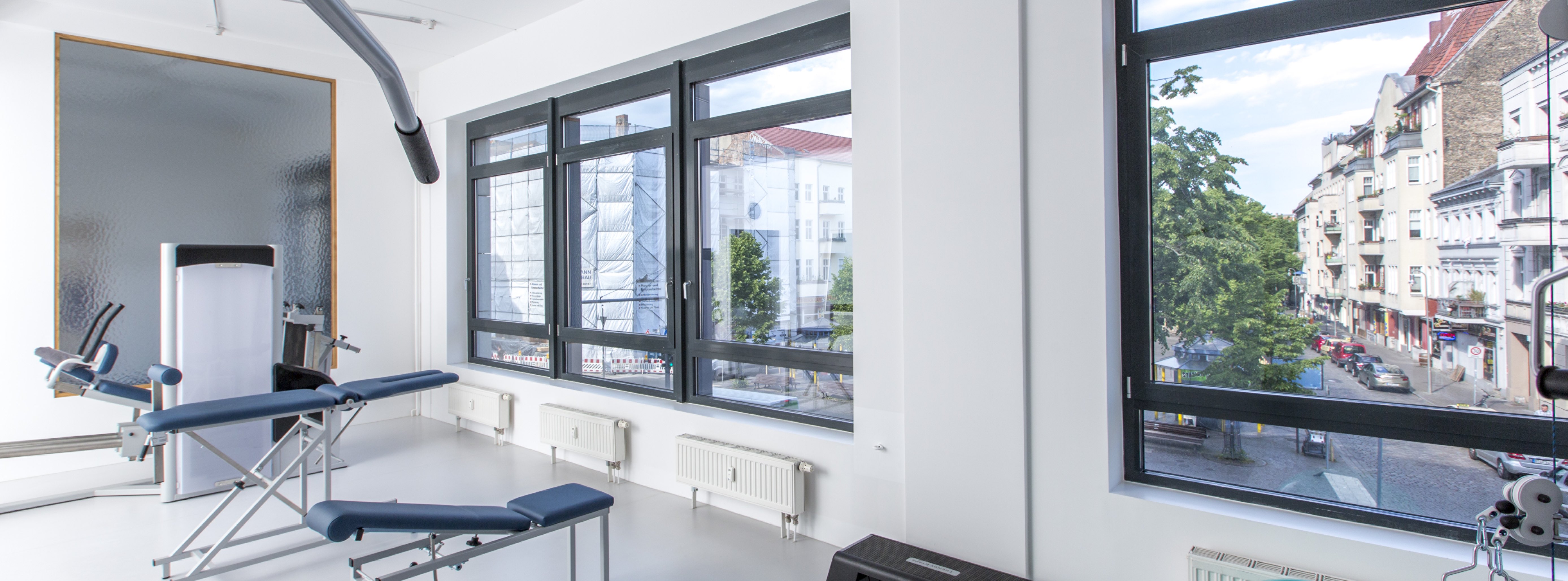
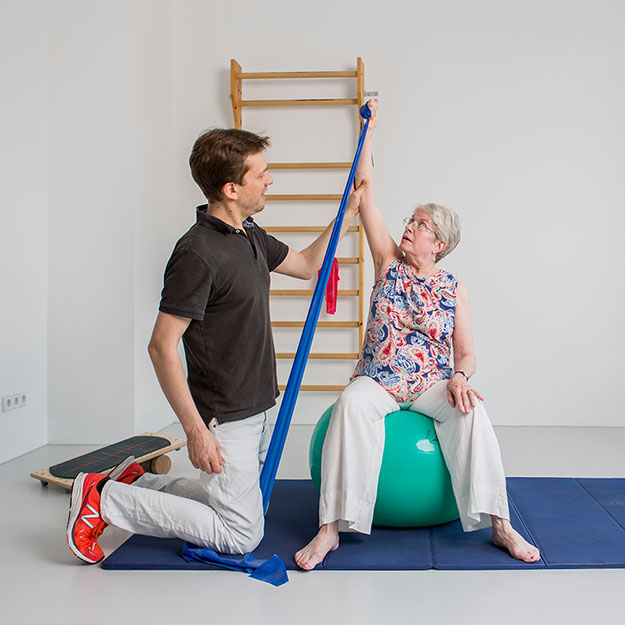
Die Krankengymnastik ist eine Behandlungsform, mit der Erkrankungen aus fast allen medizinischen Fachbereichen therapiert werden können. Sie umfasst sowohl aktive als auch passive Therapieformen.Im Mittelpunkt der Krankengymnastik steht die Bewegungs- und Funktionsfähigkeit des Körpers. Beides kann durch eine Erkrankung, eine angeborene Fehlentwicklung, aber auch durch alltägliche und dauerhafte Fehlbelastungen beeinträchtigt sein. Die Krankengymnastik verfolgt das übergeordnete Ziel, die gestörte Beweglichkeit und Funktion zu verbessern oder wiederherzustellen und damit einhergehende Schmerzen zu beseitigen. Der Fokus einer jeden Behandlung liegt auf der Förderung der ...
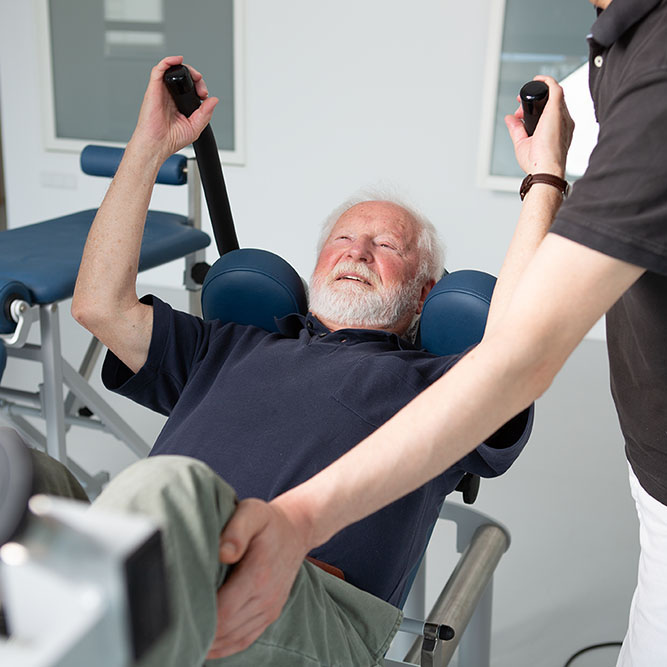
Krankengymnastik am Gerät, auch KGG abgekürzt, ist eine individuelle medizinische Trainingstherapie. Ziel dieser Behandlungsmethode ist es, die motorische Lernfähigkeit zu steigern, um effiziente und gelenkschonende Bewegungsabläufe zu ermöglichen. Das beinhaltet unter anderem den Aufbau der Muskulatur (Hypertrophie) und die Steigerung der intra- und intermuskulären Koordination sowie die Verbesserung der Gleichgewichtsfähigkeit. Dadurch werden die motorischen Steuerungs-, Anpassungs- und Umstellungsfähigkeiten erweitert. Mit dieser Therapie gelingt es uns, die Beschwerden der PatientInnen durch einen bewussten Aufbau körpereigener Ressourcen zu beseitigen. Nach einem Unfall oder einer Operation ...

Die Manuelle Therapie dient der Behandlung von Funktionsstörungen des Bewegungsapparates, also der Gelenke, Muskeln und Nerven. Grundlage der Manuellen Therapie sind spezielle Handgriff- und Mobilisationstechniken, bei denen Bewegungsstörungen beseitigt und Schmerzen gelindert werden.Grundsätzlich wird durch den/die behandelnden PhysiotherapeutInnen zunächst die Gelenkmechanik, die Muskelfunktion sowie die Koordination der Bewegungen untersucht, bevor ein individueller Behandlungsplan erstellt wird. Dabei bedient sich die Manuelle Therapie sowohl passiver Techniken als auch aktiver Übungen. So können blockierte oder eingeschränkte Gelenke von...

Die manuelle Lymphdrainage ist eine sehr angenehme Form der Entstauungstherapie. Durch sanfte Griffe, Druck- und Entspannungstechniken wird der Fluss der Lymphe im Körper angeregt und drainiert. In erster Linie dient sie als Therapie und Behandlung zur Anregung des Lymphflusses in geschwollenen Körperregionen. Diese entstehen durch Traumata, Operationen und chronische oder akuten Erkrankungen des Lymphsystems.Zur Behandlung setzen wir eine umfassende Komplexe Physikalische Entstauungstherapie (KPE) ein, die wichtige Elemente miteinander verknüpft. Nur wenn alle Bausteine der KPE gemeinsam angewandt werden ...

Eine Funktionserkrankung des Kiefergelenkes, auch craniomandibuläre Dysfunktion, kurz CMD genannt, ist eine Störung des Kausystems. Sie geht häufig mit Kieferfehlstellungen einher. Durch Störungen im Zusammenschluss der Zahnreihen, die durch stressbedingtes Zähneknirschen verursacht wird, kann es zu einer dauerhaften Reizung eines oder beider Kiefergelenke kommen. Der Tonus (Muskelspannung) der Kau- und Schluckmuskulatur sowie die Halswirbelsäulenmuskulatur erhöht sich dauerhaft. Arbeitet und steht das Kiefergelenk mechanisch nicht in seiner richtigen Position, kann dies oft zu Störungen führen, die eine schmerzhafte und umfangreiche Symptomatik nach sich ziehen ...

Der Schlingentisch ist nach bestimmten orthopädischen Diagnosen ein wichtiger Bestandteil der physiotherapeutischen Behandlung. Im Rahmen der Schlingentischtherapie werden der Körper oder einzelne Körperteile wie Becken, Beine oder Kopf in Schlingen und Seilzüge gehängt. Ziel ist hierbei die Entlastung von Gelenken und Wirbelsäule. Auf diese Weise ist eine Behandlung möglich, in der das Einwirken der Schwerkraft auf den Körper teilweise aufgehoben wird, was innerhalb der Behandlung Bewegungen ermöglicht, die zuvor nur unter Schmerzen oder mit Einschränkungen durchgeführt werden konnten. Eine Schlingentischtherapie kommt vor allem bei zahlreichen orthopädischen Erkrankungen ...
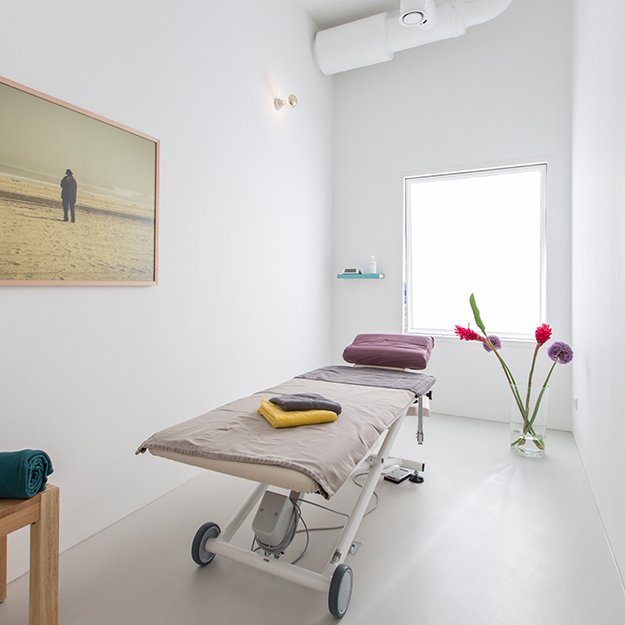
Die Wärmetherapie wird unter anderem in Form von Fangopackungen, Rotlicht (Infrarot) oder einer heißen Rolle angewandt. Aufgrund ihrer durchblutungsfördernden und damit detonisierenden (entspannenden) Wirkung auf die Muskulatur und das Gewebe, dient sie häufig als unterstützende Maßnahme in der Therapie. Dies kann vor der eigentlichen Therapie geschehen, um den Tonus (Spannung) der gelenkumgebenden Muskulatur zu senken und dieses dann im Anschluss zu mobilisieren. Auch nach einer Behandlung kann es therapeutisch notwendig sein, die Durchblutung des Körpers noch einmal mittels Wärmetherapie zu intensivieren.
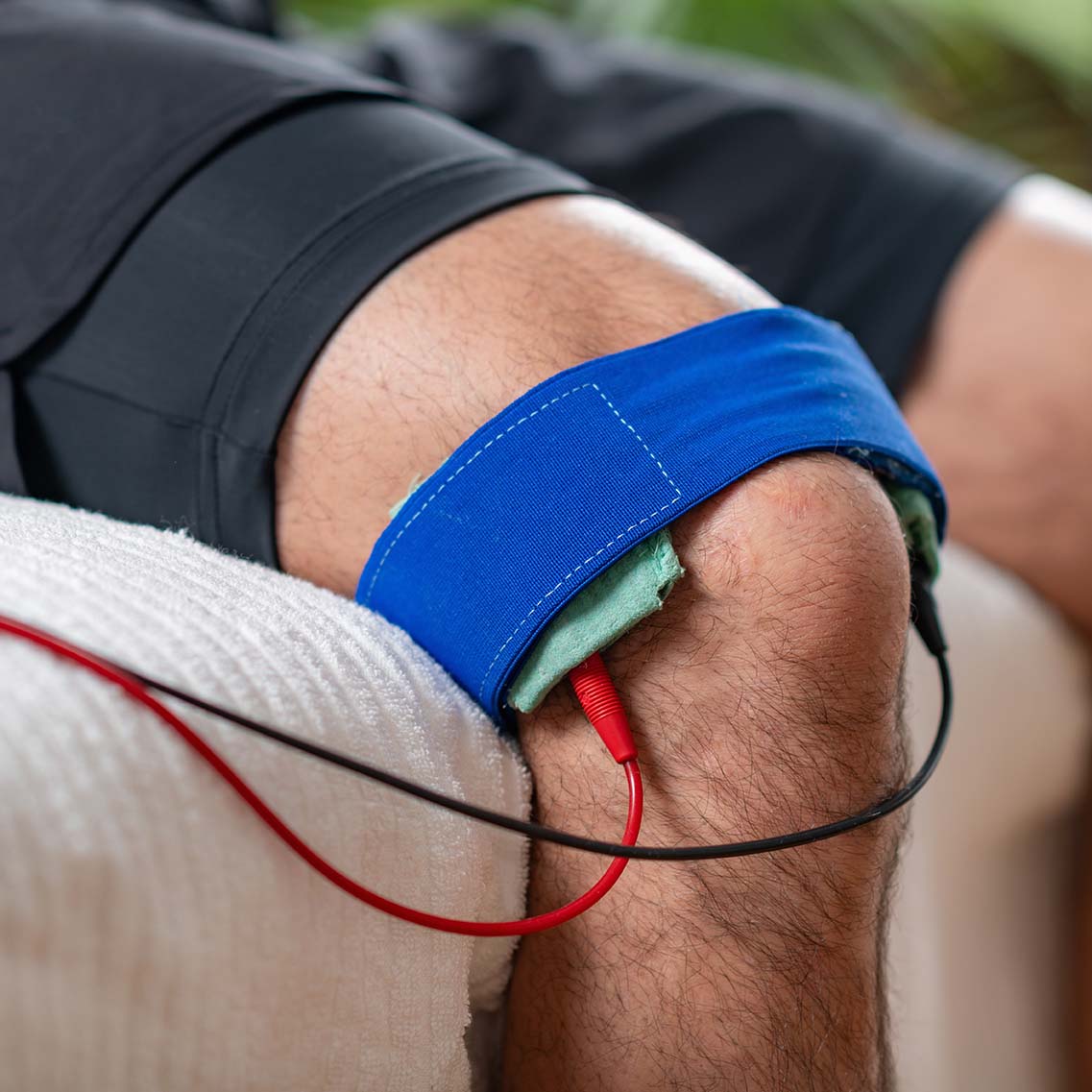
Elektrotherapie wird fast ausschließlich als ergänzendes Heilmittel verordnet und dient meist spezifischen Zielen. Ein Beispiel wäre die Behandlung einer entzündeten Sehne. Die darauf aufbauende Krankengymnastik bedient dann unter anderem das übergeordnete Ziel die entsprechende Struktur statisch so auszurichten, dass die Sehne dauerhaft entlastet ist und sich nicht wieder entzündet. Der elektrische Strom wirkt auf verschiedene Steuerungsmechanismen im Körper. Das geschieht vor allem über die Stimulation von Nerven, die wiederum spezifische Körperfunktionen steuern. Hierbei stehen vier ...

Ultraschalltherapie wird fast ausschließlich als ergänzendes Heilmittel verordnet und dient meist spezifischen Zielen. Ein Beispiel wäre die Behandlung einer schlecht heilenden Fissur eines Rückenwirbels. Hier steht am Anfang eine gründliche Anamnese durch die PhysiotherapeutInnen, die dann Dauer, Frequenz und Stärke der Behandlung individuell anpassen.
Mit Hilfe der Ultraschalltherapie gelangen hochfrequente Schallwellen tief in den Körper, die dort sowohl eine thermische als auch eine mechanische (Vibration) Wirkung im Gewebe auslösen. In der Ultraschalltherapie können sowohl die betroffene Struktur lokal behandelt, als auch zuführende Nerven stimuliert werden. Typische Anwendungsgebiete sind hierbei Muskel- oder Sehnenentzündungen, Frakturen, Narben- und Gewebsverklebungen.
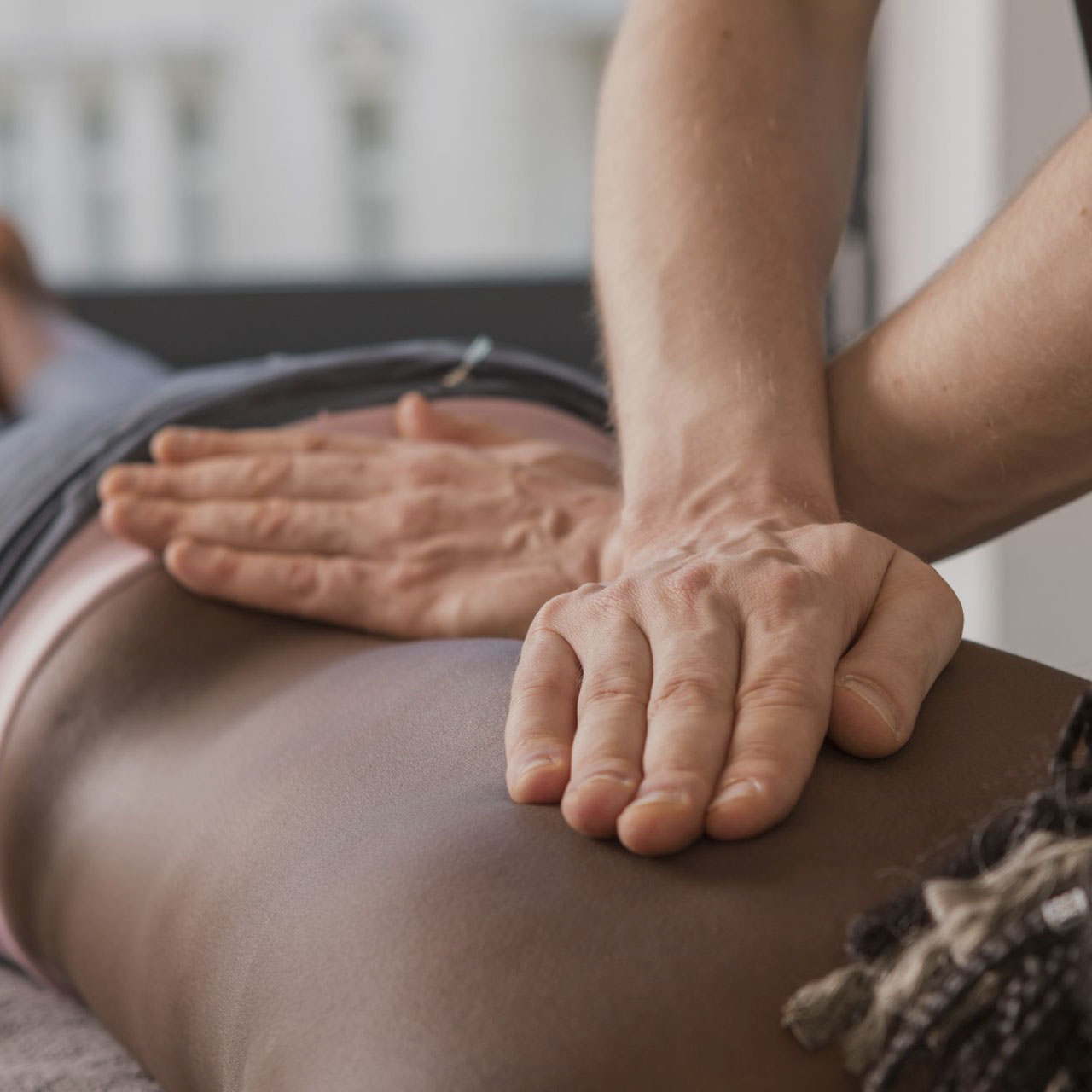
Die klassische Massage ist eine der bekanntesten und ältesten Heilmethoden. Massagen können sowohl als alleinige Behandlungsform für sich stehen, sie werden aber häufig auch neben anderen Therapieformen eingesetzt. Bei Notwendigkeit werden sie vom Arzt verschrieben. Die klassische Massage kombiniert verschiedene Grifftechniken wie Streichungen, Knetungen, Reibungen, Klopfungen und Vibration um die Muskulatur zu lockern und den Körper zu revitalisieren.
Hierbei stehen folgende grundlegende Wirkprinzipien im Vordergrund ...
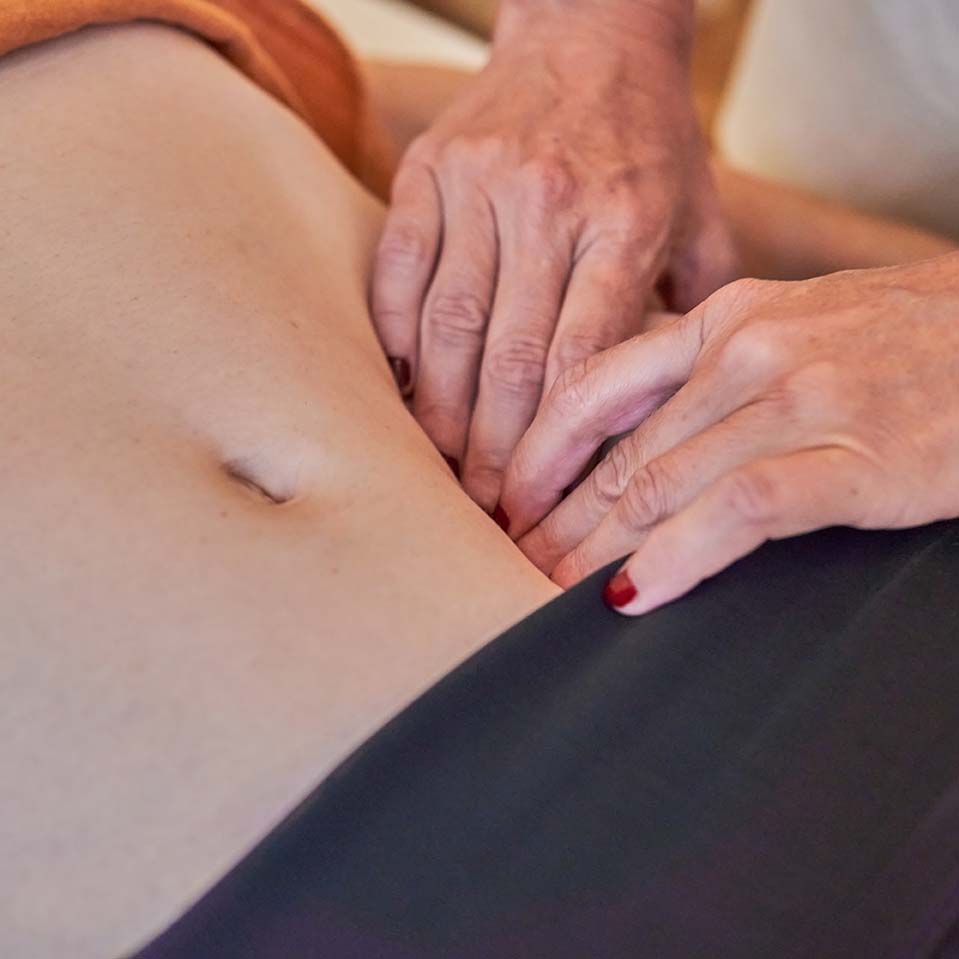
Osteopathie ist eine ganzheitliche und manuelle Therapiemethode, die darauf abzielt, die Selbstheilungskräfte des Körpers zu aktivieren und das allgemeine Wohlbefinden zu verbessern. Osteopathie ist vielseitig einsetzbar und kann bei einer Vielzahl von Beschwerden hilfreich sein. Dazu zählen unter anderem Rückenschmerzen und Nackenschmerzen, Gelenkbeschwerden, Kopfschmerzen und Migräne, Verdauungsprobleme sowie stressbedingte Symptome und Schlafstörungen. Auch bei Sportverletzungen kann Osteopathie eine wirksame Unterstützung bieten. Unsere Osteopathie-Behandlungen umfassen ...
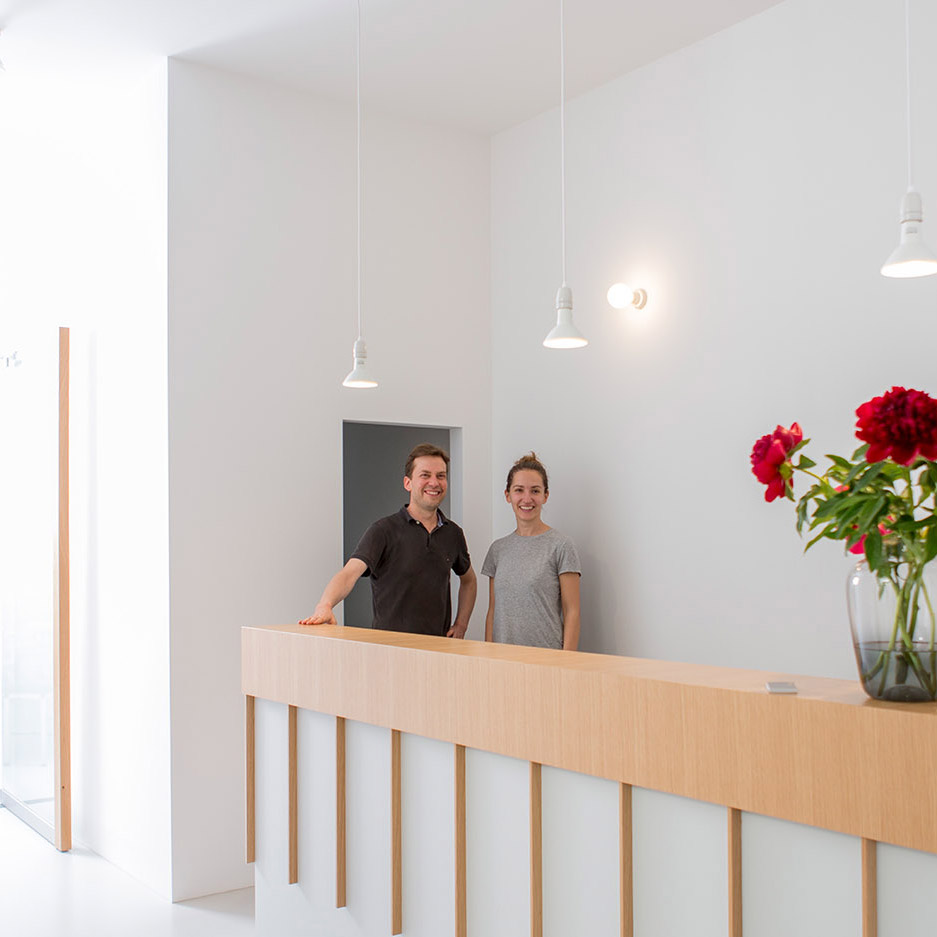
Unsere Vision ist es, den Menschen in Berlin professionelle physiotherapeutische Behandlungen in einer besonderen Atmosphäre anbieten zu können. Im Mittelpunkt steht dabei immer unseren PatientInnen die bestmögliche Behandlung zukommen zu lassen. Ein exzellent ausgebildetes Team, Klarheit in unseren Prozessen und der Anspruch uns fortwährend weiterzuentwickeln, sind dabei die essenziellen Eckpfeiler unserer Arbeit. Dafür haben wir Räume geschaffen, in denen Sie sich wohlfühlen können und auf Ihre Bedürfnisse eingegangen wird.
Sie finden uns im
1. und 4.OG im
Ärztehaus Neukölln
Karl-Marx-Str. 188
12043 Berlin
030 / 76 76 488 2
kontakt@wanja-richter.de
Öffnungszeiten:
Mo-Fr 8:00 – 21:00 Uhr
Sa 8:00 – 18:00 Uhr
U-Karl-Marx-Straße (U7)
S- & U-Neukölln (Ringbahn | U7)